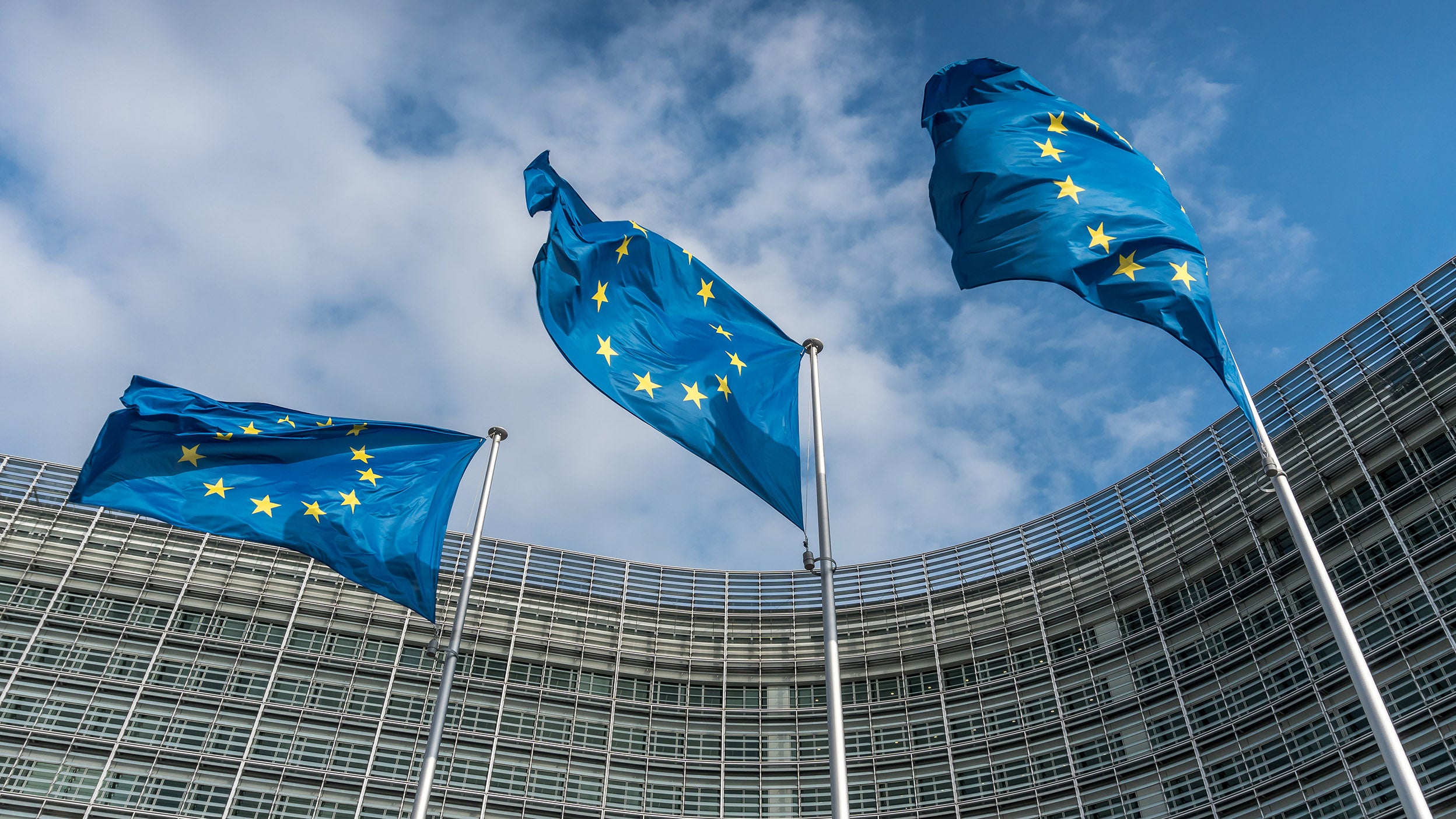
Markets and Economy European stock markets surge as US stock market sags
European nations prepare to invest in defense and infrastructure, while the US faces the possibility of recession brought on by government spending cuts.
Fresh perspectives on economic trends and events impacting the global markets.

European nations prepare to invest in defense and infrastructure, while the US faces the possibility of recession brought on by government spending cuts.

The US economy appears to be slowing quickly as consumers brace for tariffs, higher prices, and a possible government shutdown.

DeepSeek has challenged artificial intelligence (AI) assumptions with cutting edge performance and significant efficiency gains. What do these results mean for AI?

We discuss the future of US inflation, the outperformance of European stocks, the potential impact of new tariffs, and the independence of the Federal Reserve in this month’s column.

Unemployment concerns and rising inflation expectations contribute to falling US consumer sentiment, while the German election could be a positive catalyst for European equities.

Catalysts like DeepSeek have sparked a surge in Chinese stocks, while US inflation expectations indicate growing concerns about a resurgence in prices.

Markets absorbed tariff news, tech company earnings, news from the new US Treasury Secretary, disappointing US inflation-related reports, and more.

Recent history has shown that protectionist measures such as tariffs can hinder economic growth in the near term but don't necessarily create a long-term hurdle for markets.

US inflation concerns are likely overdone, and any tariffs from the Trump administration are likely a one-time price shock rather than a new inflationary trend.
Insights on investing implications, market movements, and structural changes.
Insights from the Invesco Tax & Estate team on tax and estate planning.
Insights on the economy, the markets, and investments from our global experts.
NA2252900
Important information
Commissions, management fees and expenses may all be associated with investments in mutual funds and exchange-traded funds (ETFs). Trailing commissions may be associated with investments in mutual funds. For mutual funds the indicated rates of return are the historical annual compounded total returns, including changes in share/unit value and reinvestment of all distributions, and do not take into account sales, redemption, distribution or optional charges, or income taxes payable by any investor, which would have reduced returns. For ETFs unless otherwise indicated, rates of return for periods greater than one year are historical annual compound total returns including changes in unit value and reinvestment of all distributions, and do not take into account any brokerage commissions or income taxes payable by any unitholder that would have reduced returns. Mutual funds and ETFs are not guaranteed, their values change frequently and past performance may not be repeated. There are risks involved with investing in ETFs and mutual funds. Please read the prospectus before investing. Copies are available from Invesco Canada Ltd. at invesco.ca
Some references are U.S. centric and may not apply to Canada.
These are the personal views of the author as at the date indicated, and not necessarily the views of Invesco Canada. The views expressed above are based on current market conditions and are subject to change without notice; they are not intended to convey specific investment advice. Forward-looking statements are not guarantees of performance. They involve risks, uncertainties and assumptions. Although such statements are based on assumptions considered to be reasonable, there can be no assurance that actual results will not differ materially from such expectations.
This link takes you to a site not affiliated with Invesco. The site is for informational purposes only. Invesco does not guarantee nor take any responsibility for any of the content.